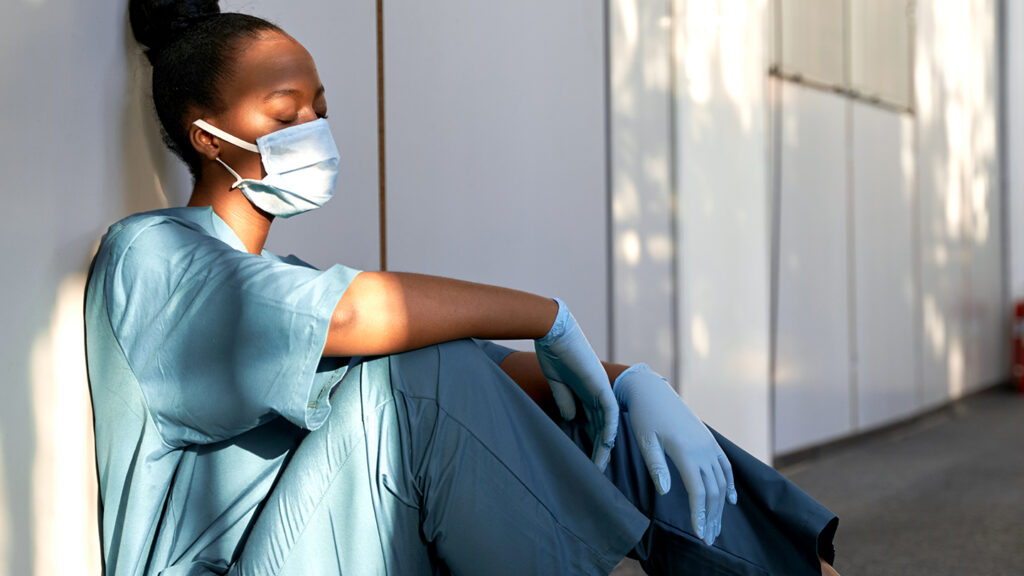
Residential care community and nursing facility direct care workers have one of the top five most dangerous jobs in America, according to a personal injury firm.
The ranking is due to unforeseen circumstances on the job that could lead to injury or illness, according to personal injury attorney John Fitch of the Ohio-based Fitch Law Firm.
“With the amount of equipment required in patient care and oftentimes long hours with little rest, there is potential for risk and injury due to the nature of this incredibly difficult industry to work in,” according to the company’s website, which found 10.3 injuries per 100,000 workers in the role.
The firm analyzed the number of nonfatal injuries in every industry per 200 million hours worked — or 100,000 full-time employees working 40 hours per week for 50 weeks per year. The more injuries per time worked, the more dangerous those jobs were considered.
Jobs in veterinary services, bottled water manufacturing, ambulance services and skiing facilities ranked more dangerous than direct care work. Jobs ranked safer than direct care work included those in inland water passenger transportation, corrections, iron foundries, courier and express delivery services, and mobile home manufacturing.
“Workplace injuries in America present a harsh reality that underscores the importance of prioritizing worker safety and well-being,” a spokesperson for the law firm said in a statement. “Each year, thousands of workers across various industries experience injuries that not only affect their physical health but also have profound consequences on their livelihoods and families.”
According to the US Bureau of Labor Statistics, residential care communities and nursing facilities had the second highest rate of injuries and illnesses per 100 full-time workers in 2021, behind ambulance services. Direct care workers had an average of 7.3 injuries or illnesses per 100 full-time employees, according to the data.
Workplace violence, the lifting and repositioning of residents, chemical and drug exposure, and respiratory and other infections are among the serious safety and health hazards healthcare workers face, according to the Occupational Safety and Health Administration.
Residential care communities are among the stakeholders the federal government is seeking input from on a possible future workplace violence prevention rule in healthcare and social assistance settings. OSHA formally convened a Small Business Advocacy Review panel on March 1 to solicit feedback on a potential rule on Prevention of Workplace Violence in Health Care and Social Assistance.
According to the Labor Department agency, nonfatal workplace violence is more widespread in the healthcare and social assistance sectors than in any other industry. In 2019, the rate of violent incidents requiring workers in privately operated healthcare and social assistance workplaces was almost five times greater than in private industry overall.
OSHA in 2017 granted petitions from a broad coalition of labor unions and National Nurses United for a standard for preventing workplace violence. The move followed a December 2016 request for information for OSHA on the effects of violence in residential care communities, other long-term care facilities and other settings, as well as prevention strategies.
The Biden administration also included a workplace violence prevention in healthcare rule on its fall 2022 agenda of regulatory actions.


